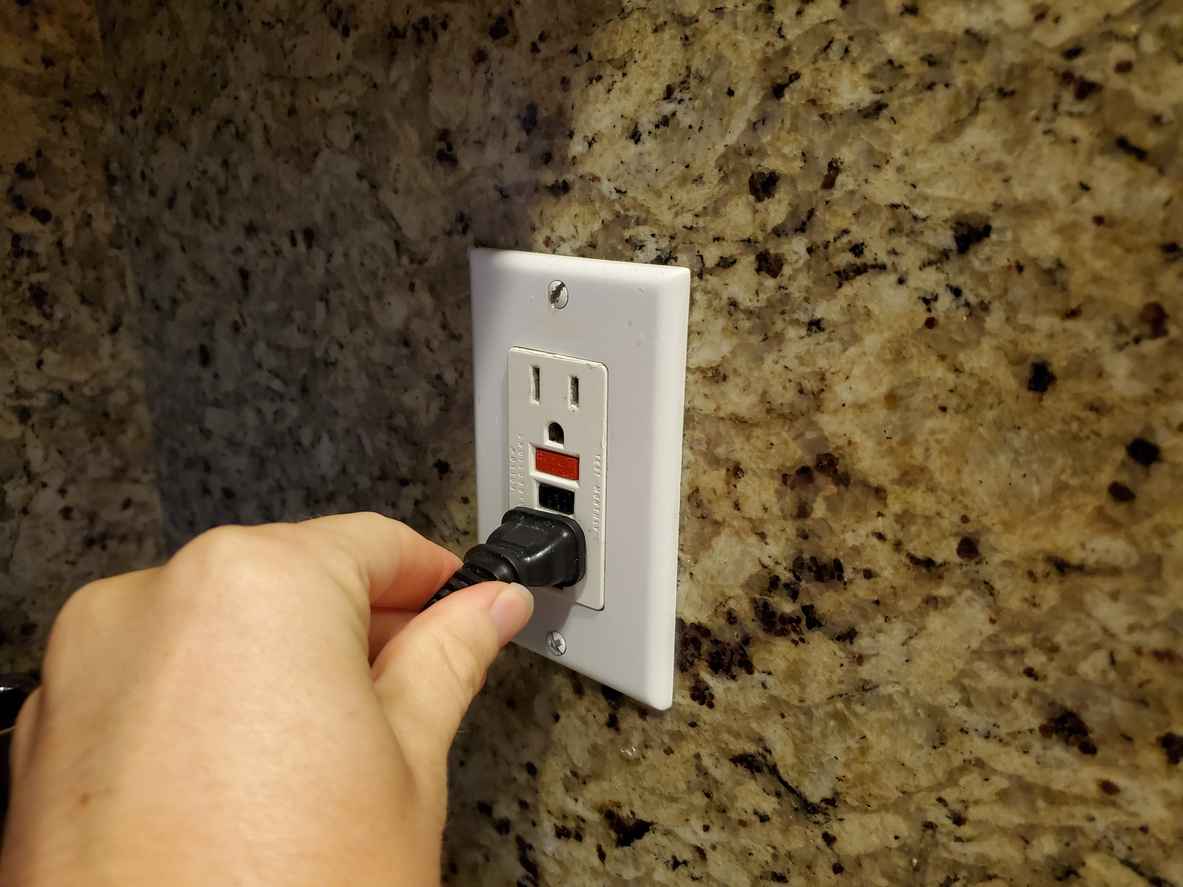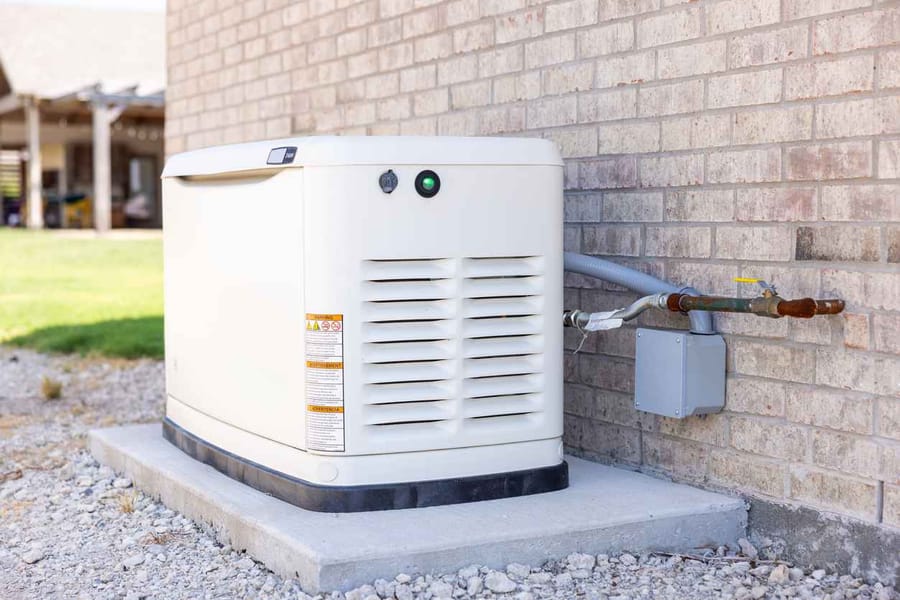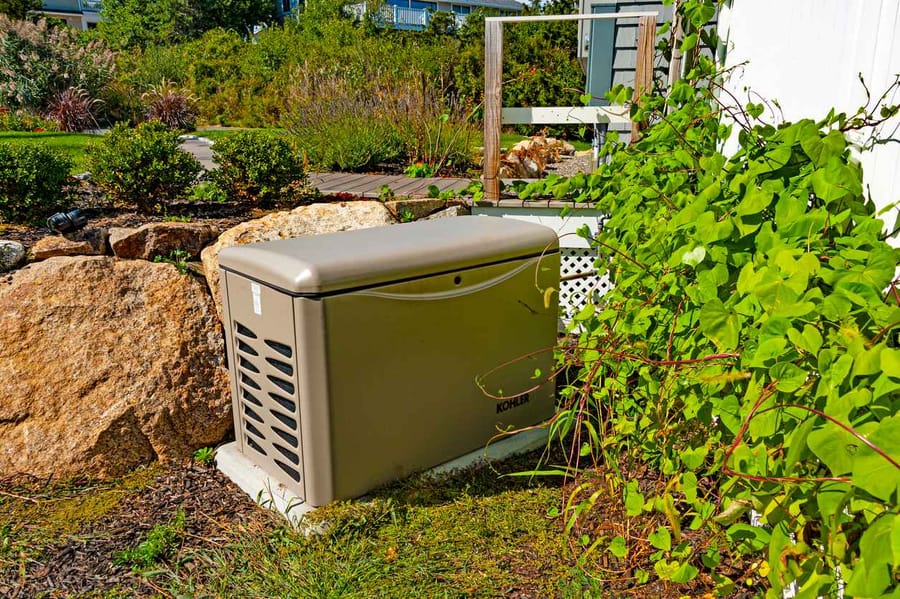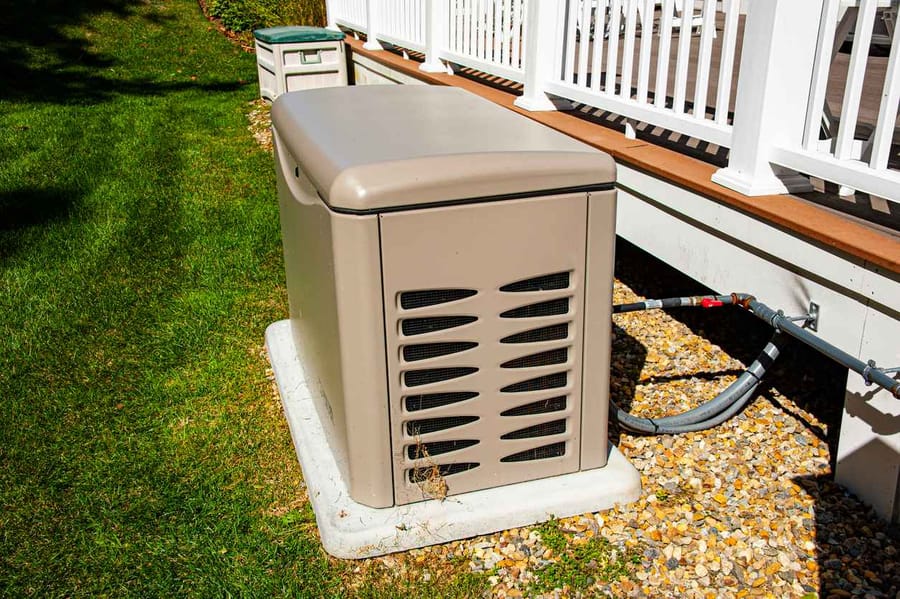0% Financing Available
What is a GFCI Outlet?

In modern homes, safety is a paramount concern, especially when it comes to electrical systems. One crucial component that enhances electrical safety is the GFCI outlet. But what is a GFCI outlet, and why is it so important? This blog post will delve into the details of GFCI outlets, explaining how they work, where they should be installed, and the benefits they offer.
Understanding GFCI Outlets
GFCI stands for Ground Fault Circuit Interrupter. A GFCI outlet is designed to protect people from electrical shock by monitoring the flow of electricity through a circuit. If the GFCI detects an imbalance in the current, indicating a potential ground fault, it will quickly shut off the power to the outlet. This rapid response can prevent severe injuries and even fatalities.
How Does a GFCI Outlet Work?
To understand what a GFCI outlet is, it’s essential to know how it operates. A GFCI outlet constantly monitors the electrical current flowing through it. Under normal conditions, the current flowing into the circuit should equal the current flowing out. If the GFCI senses a discrepancy, even as small as 4 to 5 milliamps, it trips the circuit within milliseconds.
For example, if you were to accidentally touch a live wire, causing the electrical current to pass through your body to the ground, the GFCI would detect this change and cut off the power immediately. This rapid response significantly reduces the risk of electric shock.
Where Should GFCI Outlets Be Installed?
GFCI outlets are required by the National Electrical Code (NEC) in specific areas of a home where the risk of electrical shock is higher due to the presence of water. These areas include:
- Bathrooms: To protect against moisture-related electrical hazards.
- Kitchens: Particularly near sinks where water is commonly used.
- Garages: Where power tools and outdoor equipment may be used.
- Basements and Crawl Spaces: These areas are often damp or wet.
- Outdoor Locations: To protect against exposure to rain and wet conditions.
- Laundry Rooms: Near washing machines and utility sinks.
Installing GFCI outlets in these areas ensures that your home meets safety standards and provides crucial protection against electrical hazards.
Benefits of GFCI Outlets
Understanding what is a GFCI outlet also involves recognizing the numerous benefits these outlets provide:
- Enhanced Safety: The primary benefit of GFCI outlets is the increased protection against electrical shock. They are designed to act quickly to prevent potentially fatal accidents.
- Fire Prevention: By detecting electrical faults early, GFCI outlets can help prevent electrical fires that may result from ground faults.
- Code Compliance: Installing GFCI outlets in required areas ensures that your home complies with the NEC, which is crucial for safety and when selling your home.
- Peace of Mind: Knowing that your home is equipped with GFCI outlets can provide peace of mind, especially in households with children and pets.
Maintaining and Testing GFCI Outlets
To ensure that GFCI outlets continue to provide optimal protection, they should be tested monthly. Most GFCI outlets have a “Test” button and a “Reset” button. Press the “Test” button to simulate a fault, and the “Reset” button should pop out, cutting off power to the outlet. Press the “Reset” button to restore power. If the outlet does not respond correctly, it may need to be replaced.
Contact Chesapeake Electric for Your Outlet Needs
For all your outlet needs, including the installation and maintenance of GFCI outlets, contact Chesapeake Electric in Annapolis, MD. Our team of experienced professionals is dedicated to ensuring your home is safe and up to code. Reach out to us today to schedule a service and protect your home from electrical hazards.
Recent Posts

December 19, 2025

December 19, 2025

December 19, 2025

December 19, 2025

November 21, 2025

November 21, 2025

November 21, 2025